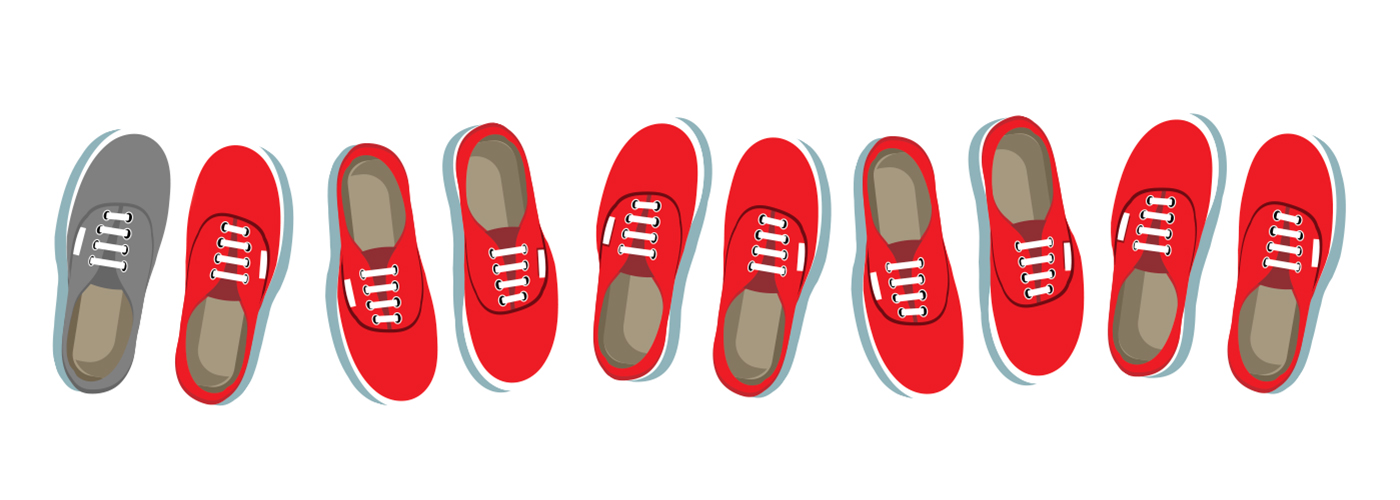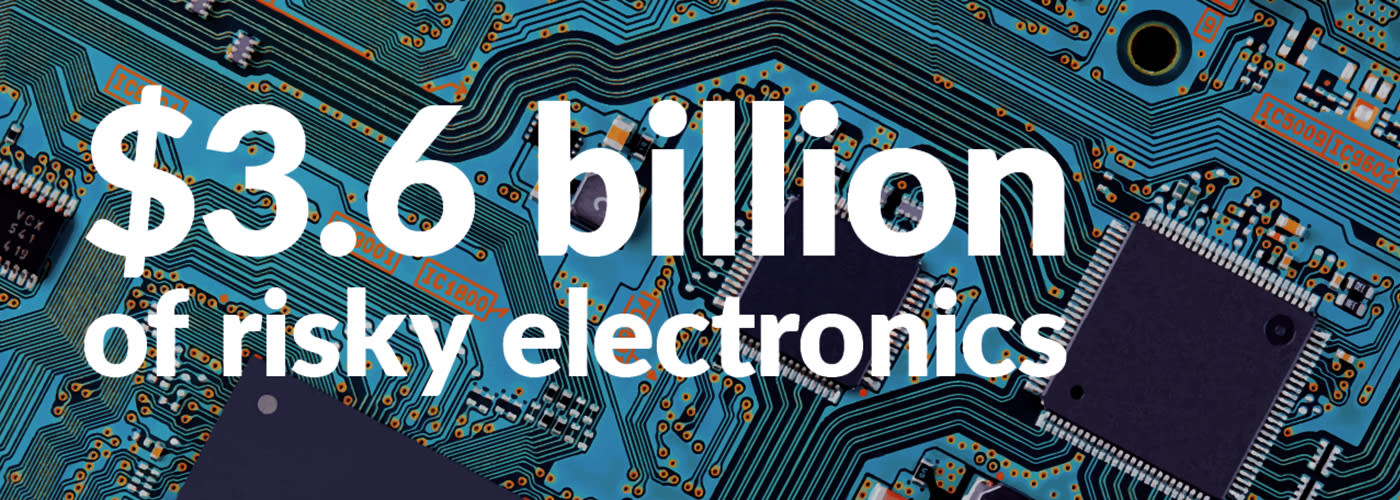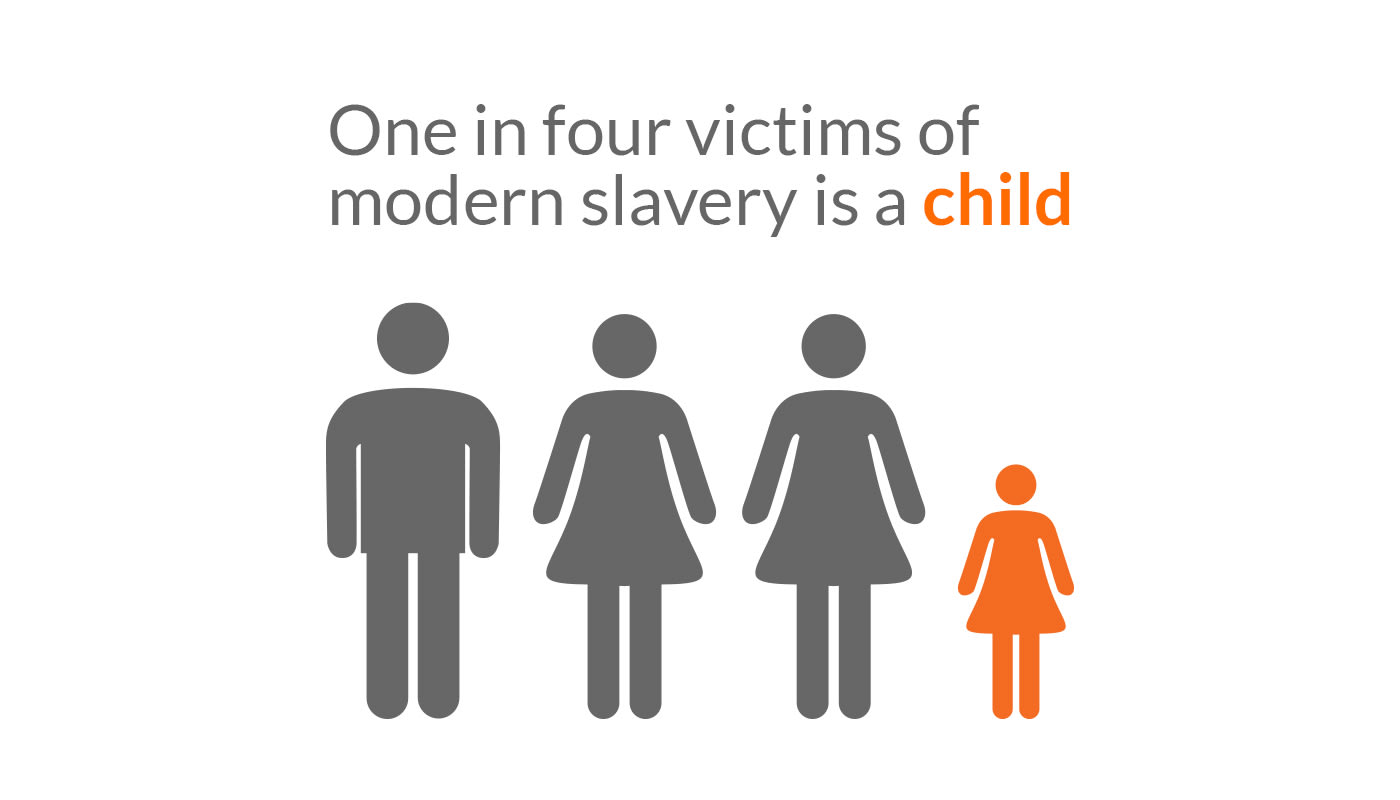Risky Goods - Supply Chain Risk Report
New Zealand imports linked to child and forced labour.
Have you ever wondered whose hands mined the metal for your electronics?
None of us want to be an unwitting part of enslaving people. Yet many of the estimated 50 million children, women and men in modern slavery worldwide are producing the products that fill our supermarkets, homes and workplaces.
World Vision’s Risky Goods – Supply Chain Risk Report 2023 has an urgent message for New Zealanders. As households, we spend an average of $77 per week on products implicated in modern slavery. In New Zealand, there are no laws requiring companies to check, report, or take action to address modern slavery in their supply chains. New Zealand also does not prohibit the imports of goods with known links to modern slavery. This means that we cannot be confident that what we buy, and use is slavery free.
$7.9 billion
of risky goods imported by New Zealanders in 2022.
10%
of total imports were linked to child and forced labour.
$77 each week
is spent on risky goods by the average household.
Unknowingly, New Zealanders could be contributing to modern slavery.

Modern slavery is a New Zealand problem. New Zealand companies are likely supporting child and forced labour through the products they import. Consequently, New Zealanders may be contributing to the exploitation of children and adults when they go shopping.
This report highlights New Zealand’s most risky imports and examines how other countries are addressing imports linked to child labour and forced labour. Download the full report here.
The New Zealand Government should prioritise enacting modern slavery due diligence legislation requiring companies to identify and report on the risks of modern slavery in their supply chains, and then take steps to address those risks.
With this legislation in place, New Zealanders can be confident that the companies they support are taking steps towards slavery-free supply chains.
New Zealand imported $7.9 billion of risky goods from 39 countries in 2022.
Of the $7.9 billion, $1.9 billion of goods was linked to forced labour, $764 million to child labour, and $5.2 billion to both forced labour and child labour. We spent the most on risky goods from China (74%, $5.8 billion), then Indonesia (7%, $585 million), Vietnam (5%, $432 million) and Malaysia (3%, $270 million).
.png)
48,000
children work in Vietnam’s garment industry.

Valued at $1.7 billion, 86% of the total garments imported to New Zealand in 2022 were risky.
62%
of coffee imported in 2022 was linked to child and forced labour.

On average, every adult in New Zealand drank four cups of risky coffee per week.
8 years old
The age children in India start missing school to make shoes.

9 of every 10 pairs of shoes were risky, equating to more than 20 million pairs of risky shoes – that's four pairs for every New Zealander.
Electronics accounted for nearly half of all risky imports.

Electronics accounted for 46% of all risky goods imported to New Zealand in 2022. From our smartphones and laptops to e-Bikes, electric cars, and semiconductors – the building block of virtually every electronic device – the gadgets that keep our world spinning are powered by both child and forced labour.
40,000
children in the Democratic Republic of the Congo mine cobalt for the rechargeable lithium-ion batteries that power our devices.
1 million
people in China are in forced labour to produce raw materials and finished goods.

Of the 3.4 million lithium-ion batteries imported into New Zealand, two-thirds were risky.

93% of risky electronics came from China, where the electronics industry is linked to both child and forced labour.
There are 160 million children in child labour globally.
Almost one in five children in Africa are involved in child labour, the highest of any region around the world. This equates to an estimated 92 million children. Asia and the Pacific rank second with 6% of children in the region working, amounting to 49 million children.


Since 2016, the number of people in modern slavery has increased 23% from 40.3 million to 49.6 million.

Children make up 12% of people forced to work. Most children in child labour do farm work, with 70% of children working in subsistence or commercial farming and livestock herding. Almost 50% of those in child labour are forced to do jobs that put their lives and health at risk.

There is some good news. In the past 20 years, the number of children in child labour has fallen overall by 35%, with 90 million fewer children now working.
Covid-19, climate change, and conflict have caused an increase in modern slavery.

The COVID-19 pandemic disrupted the lives and incomes of millions of people and their families, leaving them at risk of exploitation, debt-bondage, and forced labour. Approximately 10 million children lost a parent to the pandemic, increasing the financial strain on families. With parents facing unemployment and even death, their children became more vulnerable to child labour, trafficking, and exploitation.
Global political instability and armed conflicts have also increased exploitation. In conflict zones, child labour is 77% higher than the global average. Migrants fleeing crisis, whether due to conflicts, natural disasters or the effects of climate change, are particularly vulnerable to modern slavery. Migrant workers often lack the same employment protections as other workers, making them more susceptible to modern slavery. The number of migrant workers forced into labour is three times higher than that of non-migrant workers.
New Zealand's modern slavery law needs to include due diligence.

In July 2023, the New Zealand Government announced its plan to draft a modern slavery disclosure law requiring companies to publicly disclose the risks of modern slavery within their supply chains. While this is a good first step, the proposed legislation must go further and include due diligence requirements so that New Zealand companies have to take action. It's not enough to just report on modern slavery, companies must take steps to identify, address and reduce it. Without this, it will be impossible for New Zealanders to be confident that the goods they buy, and use are slavery-free.
Across countries similar to New Zealand, legislation requiring not only disclosure, but also due diligence and import bans targeting forced labour is rapidly becoming the standard. It is critical that New Zealand does not continue to lag behind. Not just for New Zealand’s reputation, but because it is the right thing to do for the people around the world who make the goods we use.
You can take action against modern slavery now.
Sign up to our newsletter for the latest on how you can join us in calling on the Government to urgently progress modern slavery legislation in New Zealand.
Risky Goods – Supply Chain Risk Report published by World Vision New Zealand 21 November 2023. Download the full research report for further details.